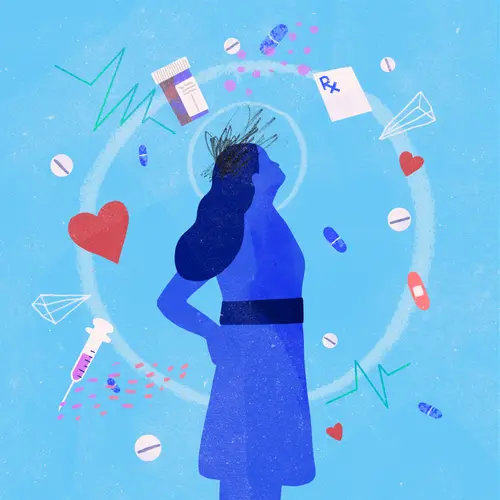Dry eye can be a side effect of a medicine you're taking, a symptom of another health problem, or a chronic issue you deal with often because of your environment.
No matter why you have it, it’s good to know when to touch base with your doctor to get the treatment you need.
Symptoms
When you have dry eye, it can show up in many different ways, including:
- Stinging, burning, or itchiness
- Stringy mucus in or around your eyes
- Light sensitivity
- Feeling like you have something in your eyes
- Redness
- Trouble wearing contacts
- Problems driving at night
- Trouble reading or looking at a screen for a long time
- Watery eyes
- Blurry vision
- Tired eyes or heavy eyelids
- Trouble producing tears when you feel like crying
Many times, you can manage these symptoms with over-the-counter treatments like artificial tears, gels, and ointments. Other times, it’s best to call a doctor.
When and Where to Get Help
Often, with typical dry eye, your family doctor can make the diagnosis and suggest artificial tears. In more severe cases an eye specialist may be needed.
If your dry eye is keeping you from doing day-to-day tasks, or if it gives you discomfort, your doctor needs to know.
For example, you should plan a visit if:
- Your symptoms aren’t going away.
- You’re not sure what’s causing your dry eye.
- At-home treatment doesn’t help.
Your doctor will want to check to see what’s causing your dry eye. They’ll also want to be sure it hasn’t become advanced. Advanced dry eye can damage the front of your eye. Over time, it may also bring ulcers, pain in your eyes, or scars on your eye’s surface. All of these can affect your vision.

